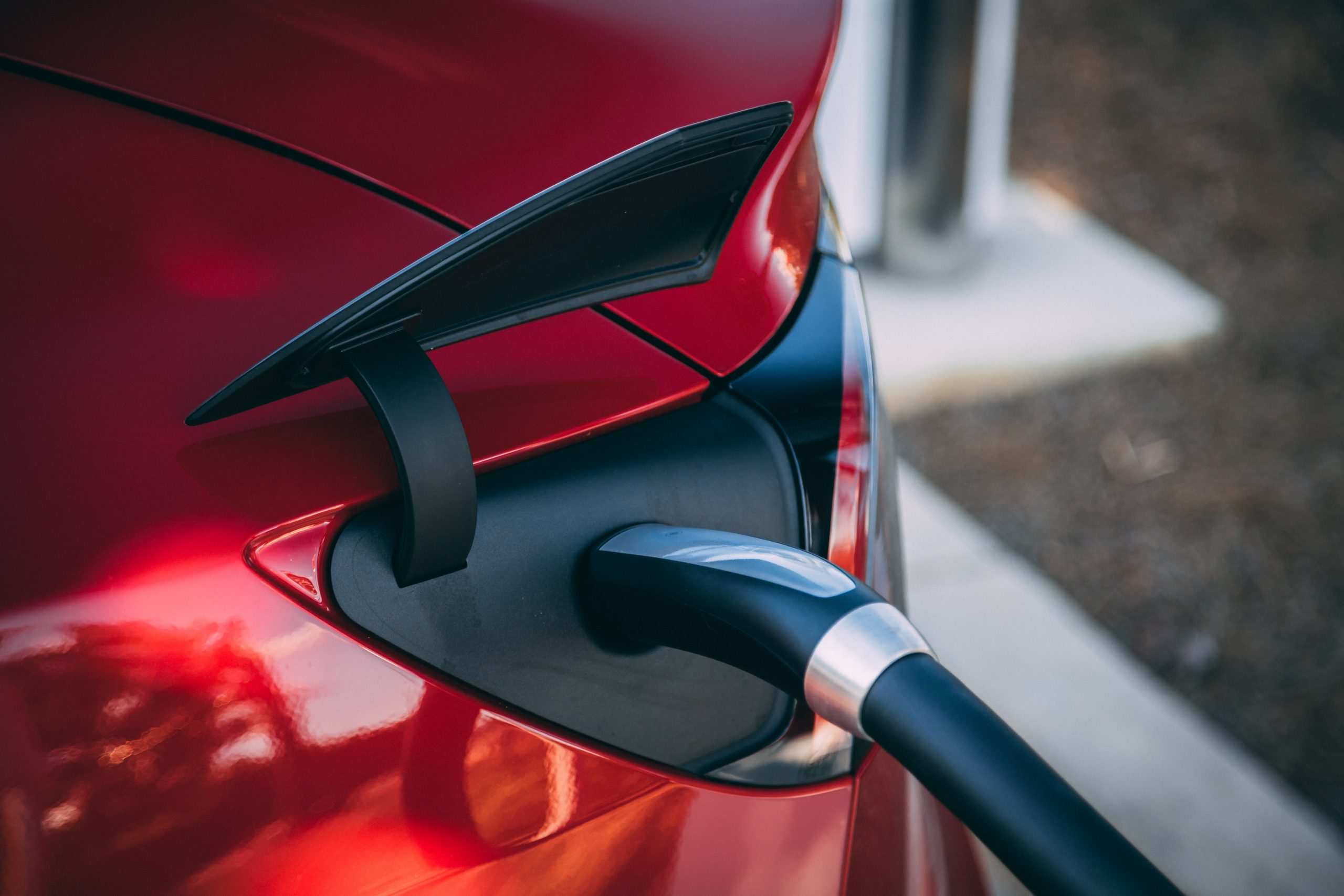As the electric vehicle (EV) market continues to expand, the demand for more efficient and faster charging solutions grows. Lotus, a brand renowned for its innovative approach to automotive design and performance, is now leading a significant shift in EV charging technology. With the introduction of its Lotus Flash Charge (LFC) technology, Lotus aims to redefine the standards for EV charging across the globe.
The Evolution of EV Charging Infrastructure
The transition to electric vehicles is a cornerstone of the global strategy to reduce carbon emissions and combat climate change. However, the success of this transition heavily relies on the availability and efficiency of EV charging infrastructure. Traditional charging solutions have often been criticized for their slow charging times and limited availability, which have acted as barriers to consumer adoption of EV technology.
Lotus’s LFC technology emerges as a beacon of innovation in this landscape. By leveraging liquid-cooled charging systems, Lotus promises to deliver faster, more reliable, and accessible charging solutions. This technology represents a significant leap forward, potentially making EVs more appealing to a broader audience.
The Significance of Liquid-Cooled Charging
Liquid-cooled charging systems offer a myriad of benefits over their air-cooled counterparts. Primarily, they allow for higher power throughput, enabling faster charging times without compromising the safety or longevity of the charging equipment. This method of cooling is more efficient at managing the heat generated during the charging process, which is a critical factor in increasing the charging speed.
The introduction of such technology is timely, as the demand for rapid charging solutions continues to rise. According to a report by McKinsey & Company, the deployment of fast-charging stations is crucial for the EV market’s growth, as it directly impacts consumer satisfaction and the practicality of EVs for everyday use (McKinsey & Company, 2020).
Enhancing Consumer Trust and Meeting Environmental Goals
The development and implementation of advanced charging technologies like Lotus’s LFC are vital in building consumer trust in electric vehicles. By addressing one of the most significant hurdles to EV adoption – the inconvenience of slow charging – Lotus not only improves the user experience but also contributes to the global effort to reduce greenhouse gas emissions. Efficient and widespread charging infrastructure is essential for encouraging the adoption of EVs, which, in turn, supports the achievement of international environmental targets.
A Global Perspective on Charging Technologies
The global automotive industry is witnessing a surge in innovation related to EV charging technologies. From Tesla’s Supercharger network, which offers high-speed charging across numerous locations, to China’s exploration of battery swap technology, the strategies to enhance the EV charging experience are diverse. Lotus’s LFC technology adds to this rich tapestry of solutions, offering a unique approach that could set new standards for the industry.
The Road Ahead
As Lotus continues to refine its LFC technology, the potential implications for the future of electric mobility are significant. The success of such innovations will depend on various factors, including regulatory support, vehicle compatibility, and integration with existing and future charging networks. The collaboration between automotive manufacturers, technology companies, and governments will be crucial in shaping a sustainable, efficient, and user-friendly EV charging ecosystem.
In conclusion, Lotus’s venture into EV charging technology marks a pivotal moment in the electric mobility movement. As the technology advances and becomes more widely adopted, it has the potential to significantly impact EV adoption rates, consumer perceptions, and the global initiative to reduce carbon emissions. With Lotus at the helm, the future of EV charging looks promising, steering us towards a cleaner, more electrified future.


 Home3 years ago
Home3 years ago
 Medical3 years ago
Medical3 years ago
 Gadgets3 years ago
Gadgets3 years ago
 Environment3 years ago
Environment3 years ago
 Medical3 years ago
Medical3 years ago
 Energy4 years ago
Energy4 years ago

